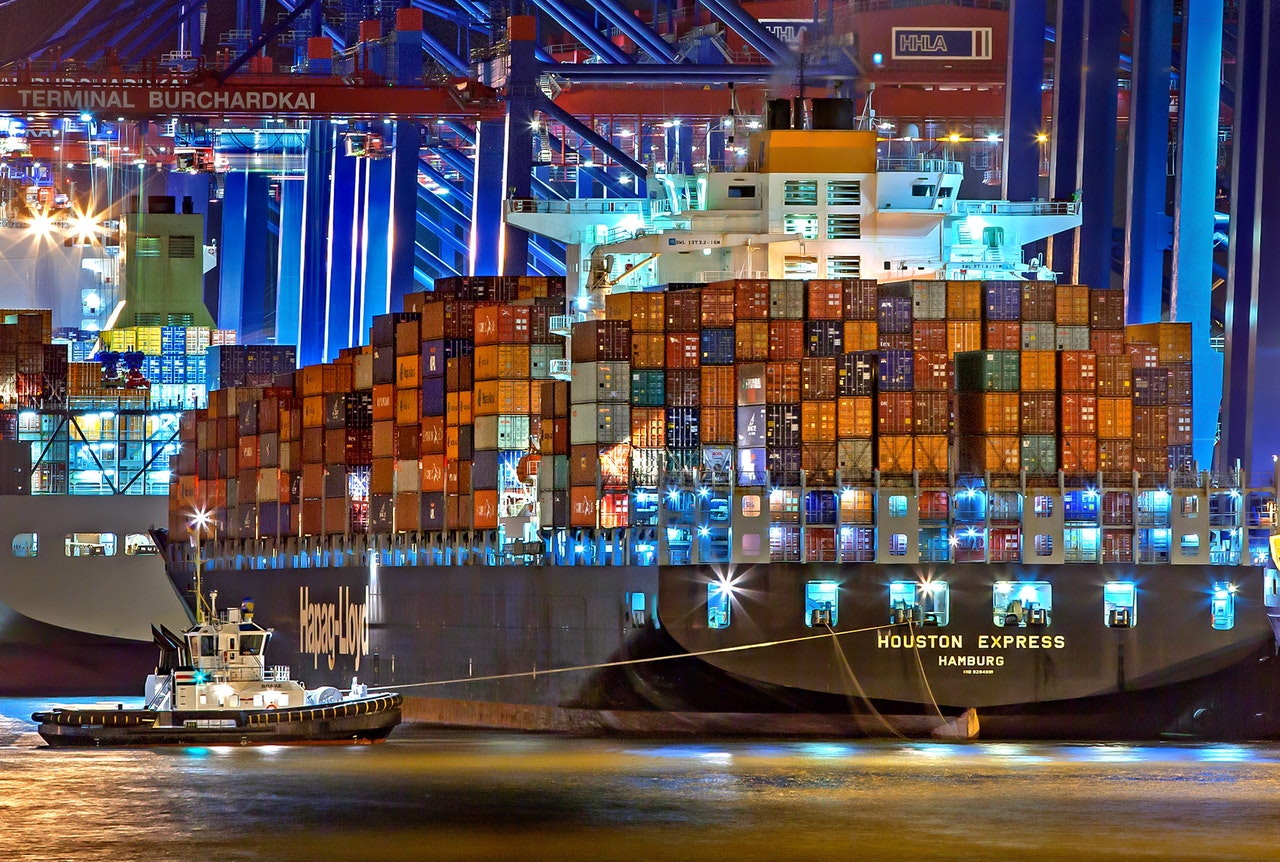
- Recurring high level of M&A activity aimed at bolstering big pharma’s pipelines as a more efficient alternative to internal R&D investments
- Competition from generic and biosimilar drugs eating away at patented drugs market shares
- Continuous rise in the number of new drug launches in 2018
- Negative regulatory fallout from drug price gouging in the US
Never mind Uncle Sam and pop prescription pills
The global prescription drug market grew a little (+0.8%) in 2017 vs. 2016 due to the depreciation of the USD against most of other currencies, especially Asian ones, as the US is the largest outlet for foreign medicines with a world market share of 33%. All drug makers have to cope with governments’ tightening cost controls over drug price fixing as it is one way to keep new medicines affordable for patients in spite of their growing criticism about too expensive health prices have become recently.
Even if the rise in cheaper generic drugs sales helps ease the financial burden of public social security schemes, drug makers continue to cash in on their pricing power of bringing innovative drugs onto market to keep up pharmaceuticals in its bullish momentum. So political rhetoric on drug price gouging is likely to swell in 2018, especially in the US where the skyrocketing price of the Daraprim drug (by 5,000% overnight) caused a public outcry two years ago.
Patients often want the most recent medicines from their physicians. It usually means that these latter are likely to prescribe the most expensive ones. So the upswing of 70% in the number of new drug launches in the US in 2017 (vs. 2016) should bolster drug sales in 2018. We expect the growth rate of global prescription drug sales to be around +5% over the ongoing year as a result.
